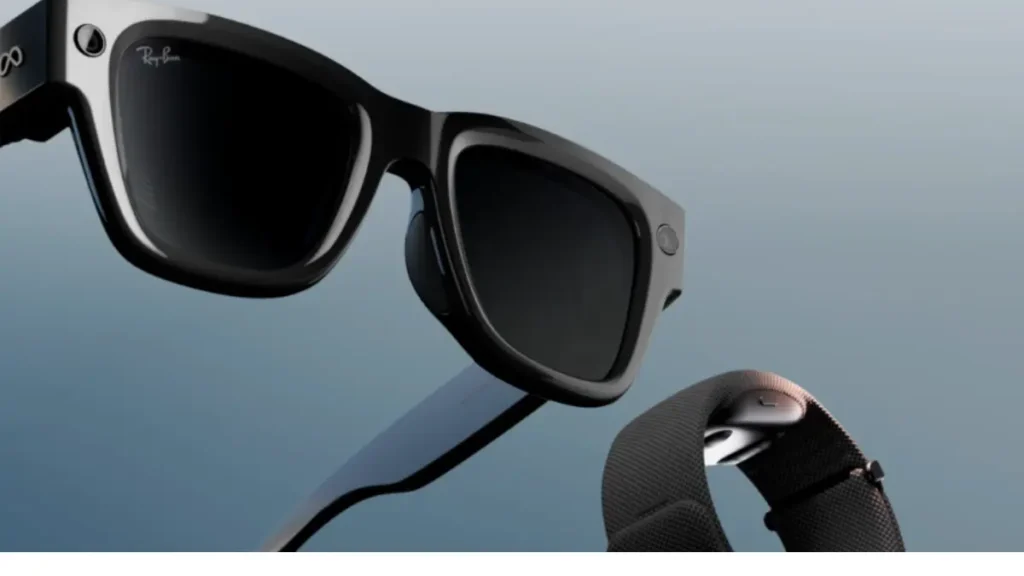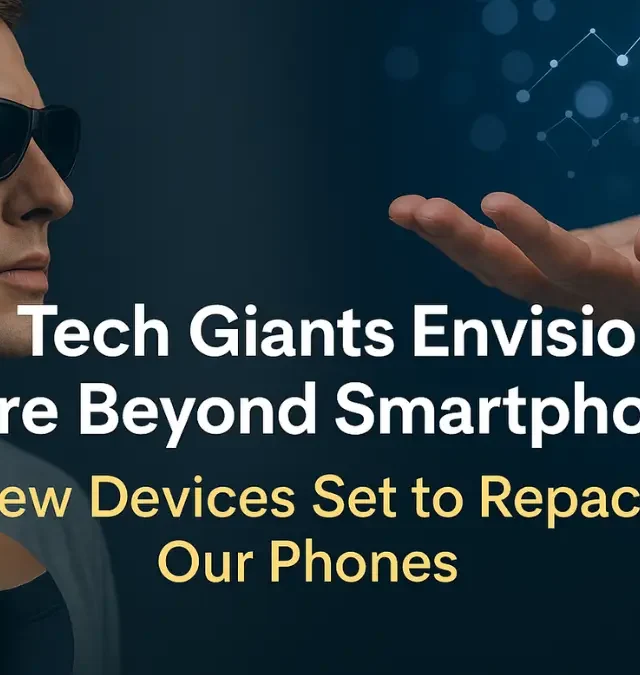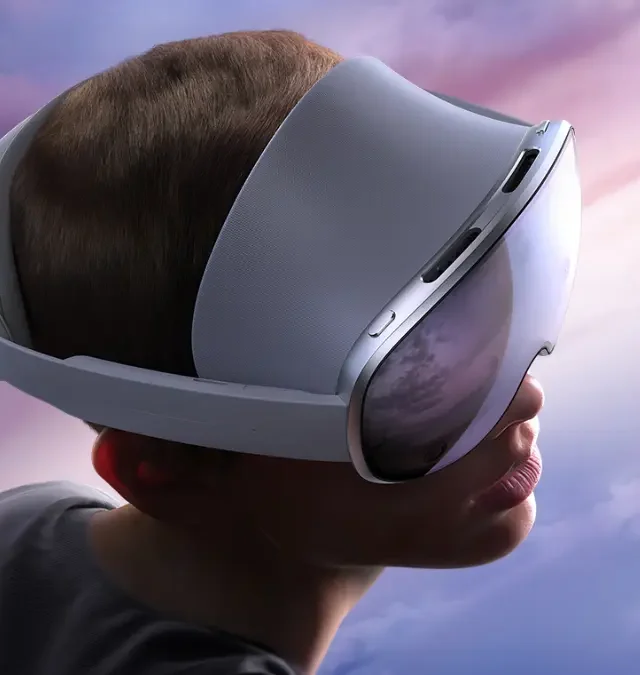Meta’s latest innovation in wearable tech was revealed at their 2025 Connect event: smart glasses that blend artificial intelligence with everyday usefulness. These are designed not just as gadgets, but as tools aiming to redefine how we interact with digital and physical realities. Here’s what they bring, how they compare, and why they may matter more than you think.

What Meta Just Launched – Meta AI Smart Glasses
At Connect, Meta unveiled several new smartglasses, each targeting different use cases. Key ones include:
| Model | Key Features | Price & Availability |
|---|---|---|
| Meta Ray-Ban Display | • Built-in display in the right lens for augmented reality overlays (notifications, live calls, directions, etc.) • Neural wristband for gesture control — taps, swipes, maybe even handwriting • Control via voice, touch, or gestures; live captions and real-time translation in more languages. (AP News) | ~ US$799, available September 30 in the U.S., expanding to UK, France, Italy, Canada in early 2026. (The Guardian) |
| Oakley Meta Vanguard | • Sport-oriented, no display, focusing on durability • Water resistance, centred action camera, good speakers • Integrates with fitness platforms like Garmin & Strava; can auto-capture highlights of workouts based on metrics like speed, heart rate or milestones. (Reuters) | US$499, releasing Oct 21 in the U.S. & Canada. (Reuters) |
Meta also upgraded their non-display Ray-Ban AI glasses: better battery life, improved translation features, and a “conversation focus” mode to isolate voices you want to hear.
Why This Matters: Beyond the Gimmicks – Meta AI Smart Glasses
These smartglasses are more than just tech for tech’s sake. Some of the implications:
- Everyday AI becomes more seamless: Having AI see what you see, hear what you hear — this opens up hands-free, context-aware assistance (translations, navigation, fitness tracking, notifications) without reaching for a phone.
- Wearables evolve: The neural wristband and gesture control hint at wearable tech that’s less obtrusive and more intuitive. Touchscreens and voice are good, but sometimes gestures are faster, more natural.
- Sports & fitness spotlight: With the Oakley Vanguard, Meta zeroes in on athletes — auto-capturing highlight moments, integrating metrics, and being rugged enough for real use. This may appeal to serious fitness users more than fashion-first smartglasses.
- Push toward AR & augmented everyday life: The display-capable Ray-Ban model is a step toward augmented reality in daily habits—not just as novelty, but actual functionality (directions, captions, camera viewfinders, etc.).

Challenges & What to Watch Out For – Meta AI Smart Glasses
As promising as these are, there are headwinds:
- Price & adoption: $799 for the display model is steep. For many users it may be a luxury, not a necessity. The question: will enough people find enough utility to justify the cost?
- Battery life vs features trade-off: More features (display, always-on sensors) generally consume more power. Will the real-world battery life be good enough for long days of use?
- Comfort, design, usability: Weight, aesthetics, gesture accuracy, durability, environmental conditions (rain, sun, etc.) will matter. If the glasses feel bulky or awkward, people may switch back to phones.
- Privacy concerns: As with all AI / wearable cameras & microphones, there’s potential for misuse or discomfort. Transparent indicators (LEDs) and strict privacy policies will help.
feeling really bad for the Meta OS team https://t.co/gkcXeaje7Y pic.twitter.com/RYjNcFs83a
— near (@nearcyan) September 18, 2025
How Meta Compares in the Smart Glasses Landscape – Meta AI Smart Glasses
Meta is pushing ahead, but it’s not alone:
- Google, Apple, Snap, etc. are also exploring smart, AR-infused glasses. Meta’s display model puts it closer to what some competitors have been teasing, but whether execution wins will be key.
- Prototypes like “Orion” are still in development; Meta’s current offerings are more consumer-ready versions of earlier visions.
- User base & ecosystem: Meta has the advantage of being tied into Instagram, WhatsApp, Messenger, allowing content, social features, and AI assistant features to be more integrated.

What This Means for You – Meta AI Smart Glasses
- If you’re a fitness enthusiast, the Oakley Meta Vanguard might be very compelling — real-time metrics, workout highlights, rugged build.
- If you want a fashion + AI combo — and are okay investing — the Ray-Ban Display offers augmentations that could reduce how much you pull out your phone.
- But if you’re budget-sensitive, or worried about style or form-factor, the upgrades won’t make sense immediately; it may be better to wait until prices drop or second- or third-generation models arrive.
Final Thoughts – Meta AI Smart Glasses
Meta’s new smartglasses reflect a clear ambition: to make AI wearable, useful, and integrated into daily life rather than just on screens. With gesture control, AR display, fitness integration, and more, these are not minor updates — they’re pieces in a bigger puzzle of what the future of personal computing might look like.
If the execution is good (battery, comfort, UX), these could push wearables forward in a way that matters. And even if not everybody needs them right now, they hint at where we’re headed: smarter, more immersive, more ambient tech.






